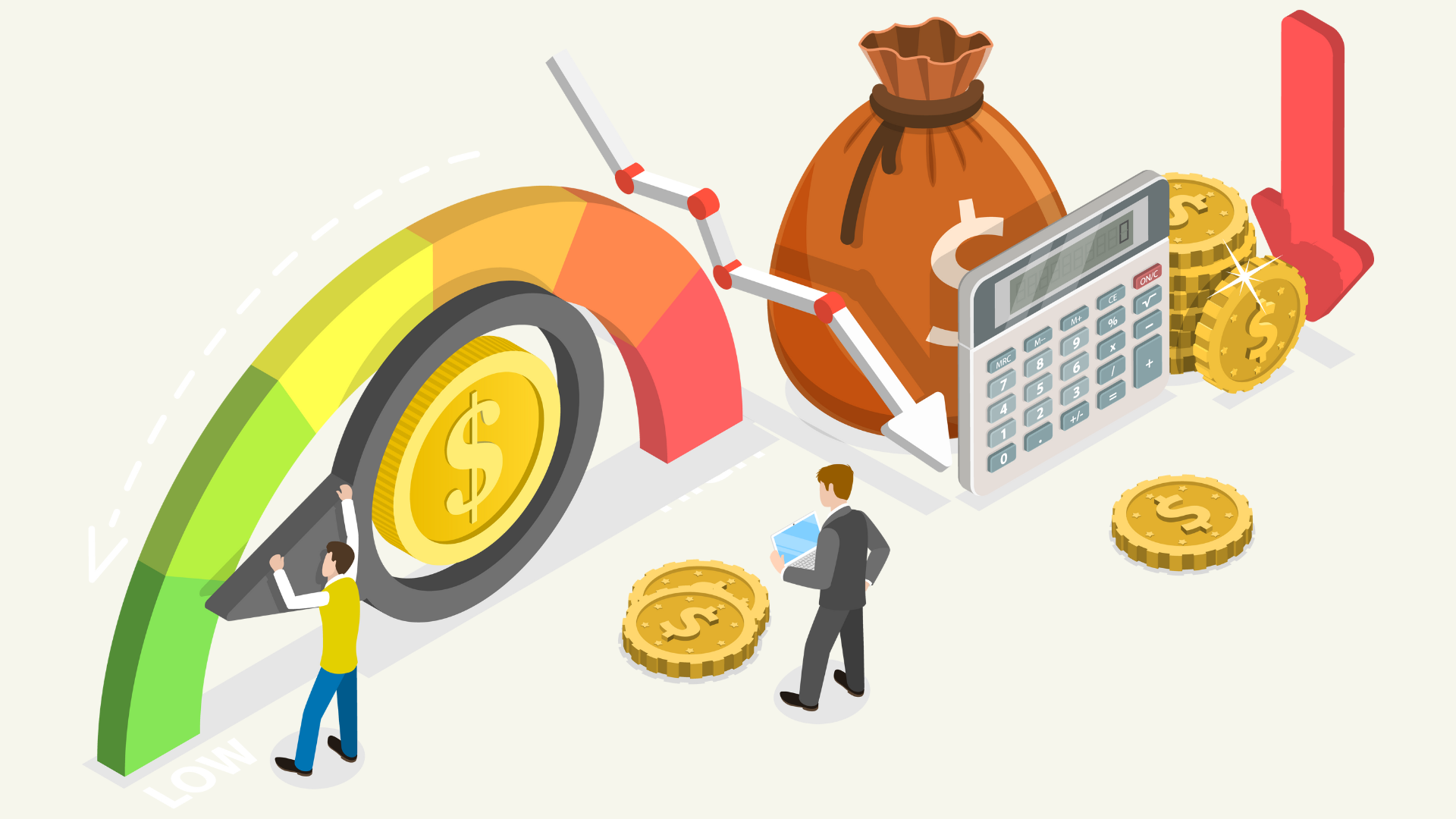
Introduction
In the interconnected world of today’s technology-heavy businesses, Information technology (IT) has evolved from a backend support mechanism to a key driver of strategic competitive advantages for many organizations. However, the cost borne by these organizations in effectively managing their IT functions cannot be overlooked. Hence, understanding and implementing IT cost-reduction strategies remains a critical priority across all sectors. By managing these costs effectively, businesses can drive impactful IT innovation while keeping control over their expenses. Through balancing the need for growth and the contents of their budget, the importance of IT cost reduction emerges in its truest sense. In this blog post, we will delve further into IT Cost Reduction — discovering the definition, importance, and the various strategies through which organizations can undertake the journey of IT cost reduction efficiently and sustainably.Defining IT Cost Reduction
In simple terms, IT cost reduction refers to the strategies and practices designed to minimize the capital and operational costs associated with the IT function within an organization. The intent is to decrease the costs involved in IT services, hardware, software, and procedures without impacting the performance or outcomes of business operations. The process can involve identifying inefficiencies, streamlining data management, optimizing software licensing, shifting to Cloud services, negotiating vendor contracts, or updating IT infrastructure. The central theme remains the same: to achieve the same or even superior outcomes with lower IT costs.Why is IT Cost Reduction Important
- Efficiency Improvement: IT cost reduction promotes efficiency by streamlining processes and encouraging the elimination of wasteful or redundant practices.
- Funds Re-allocation: Savings from IT cost reduction can be strategically redirected into areas such as research and development, marketing, or employee training, leading to long-term organizational growth.
- Competitive Advantage: In a competitive business landscape, lower operational costs can provide a significant edge, allowing resources to be allocated to innovation and growth initiatives.
- Risk Mitigation: Maintaining tighter control of IT costs can help in stabilizing finances and reducing risks associated with overspending or unexpected costs.

Factors Influencing IT Costs
Understanding the driving forces behind IT costs can help develop effective cost reduction strategies. Here are a few key contributors:- IT Infrastructure: The costs associated with data centers, servers, networks, and hardware form a significant chunk of IT expenses.
- Software & Licensing: Costs for enterprise software licenses, updates, and maintenance can pile up. Also, failure to manage licenses efficiently can lead to wastage and non-compliance penalties.
- IT Services: This includes costs associated with running an IT department such as salaries, training, benefits, and outsourcing costs.
- Energy Consumption: Energy costs for running and cooling IT systems can be substantial, making energy efficiency a critical factor.
- Security & Compliance: Implementing cybersecurity measures and maintaining regulatory compliance can add to IT costs.
Strategies for Implementation
Here are effective strategies for IT cost reduction that are both sustainable and growth-supportive:Rationalize and Optimize Software Assets
Organizations often find themselves paying for software licenses that are underutilized or unused altogether. To avoid this wastage, your business should conduct regular audits to assess and manage software assets actively. By consolidating software licenses and adopting software asset management (SAM) practices, organizations can save between 5% and 35% of their software licensing costs. Key steps within this strategy include:- Identify and eliminate unused or underutilized licenses
- Consolidate overlapping applications
- Renegotiate license agreements for volume discounts
- Explore open-source alternatives where feasible
- Cloud-based Software-as-a-Service (SaaS) options might offer further savings in some cases
Leverage Cloud Computing
The shift toward cloud computing is more than just a technological trend; it is a fundamental change in how businesses approach their IT infrastructure. Cloud computing offers flexibility, scalability, and reduced operational expenses. By outsourcing hardware and software management to cloud-based vendors, organizations can further minimize the in-house IT infrastructure they maintain.
Benefits of adopting cloud computing for cost reduction include:
By outsourcing hardware and software management to cloud-based vendors, organizations can further minimize the in-house IT infrastructure they maintain.
Benefits of adopting cloud computing for cost reduction include:
- Pay-as-you-go or subscription-based pricing models, which prevent overspending
- Reduced hardware and maintenance costs for on-site servers and data centers
- Improved scalability, enabling companies to adapt their IT infrastructure to changing needs quickly
- Enhanced business continuity due to the redundancy offered by cloud services
Automate with Artificial Intelligence (AI) and Machine Learning (ML)
Automation is key to maximizing efficiency and minimizing costs. By leveraging AI and ML-powered tools, businesses can automate repetitive tasks, freeing up valuable human resources for high-level problem-solving and strategic planning. Potential cost-saving applications of AI and ML include:- Automating data entry and analysis tasks using Robotic Process Automation (RPA) tools
- Simplifying IT support through AI-driven helpdesk solutions
- Enhancing cybersecurity with ML-based threat detection systems
- Improving business intelligence insights using AI-powered data analytics
Outsource IT Functions
Outsourcing non-core IT functions is an effective way to reduce costs, granting organizations access to specialized expertise and services without the expenditure involved in hiring full-time, in-house IT personnel. Key elements to consider when outsourcing IT services are:- Identify which functions are critical to retain in-house and which are best outsourced
- Assess potential third-party service providers for quality assurance, security, and track records
- Manage outsourced services through Service Level Agreements (SLAs) and monitoring
- Be open to leveraging offshore or nearshore providers for additional cost savings
Invest in Energy-Efficient Hardware
Investing in energy-efficient hardware and IT systems promotes not only environmental sustainability but also significant cost savings over time. Given that energy expenditures for IT systems can be substantial, organizations must prioritize upgrades and replacements that lead to greater energy efficiency. Key tactics for optimizing energy efficiency in IT systems include:- Make a transition to energy-efficient servers, storage, and networking equipment
- Implementing power management settings to reduce energy consumption
- Leverage virtualization technologies to optimize server usage
- Utilize Data Center Infrastructure Management (DCIM) tools to monitor and optimize data center performance